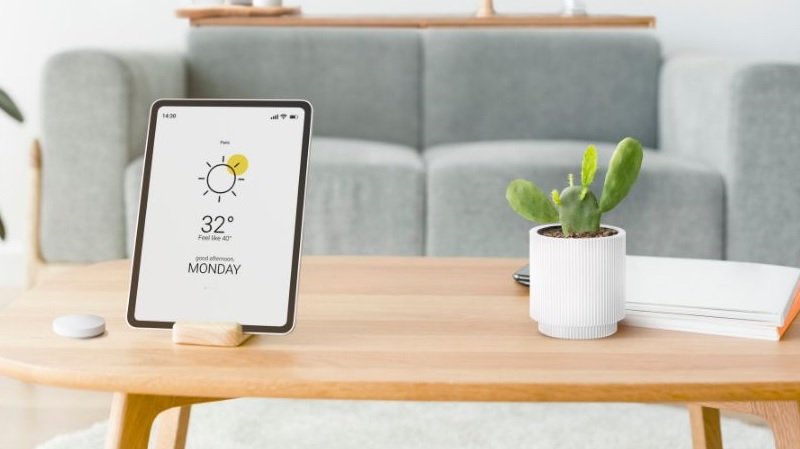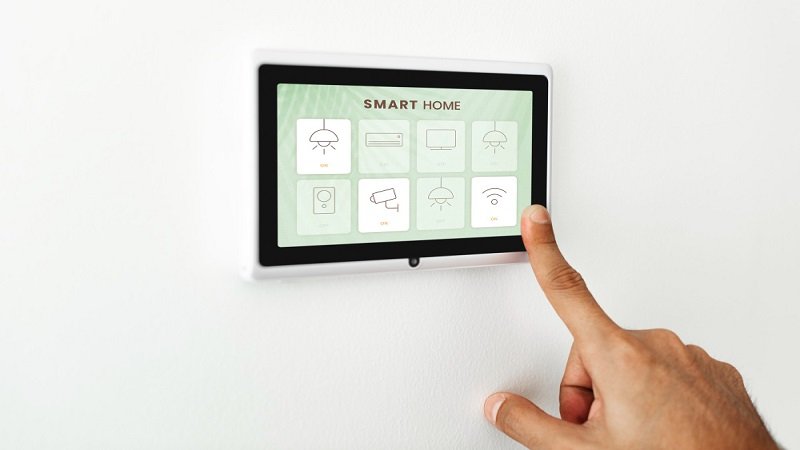How do I set up a smart home on a budget??
Smart home automation is becoming increasingly popular, as people look for ways to make their homes more convenient, comfortable, and secure. However, smart home devices can be expensive, which can make it difficult for people on a budget to get started.

Fortunately, there are a number of ways to set up smart home automation on a budget. In this blog post, we will discuss some tips on how to do just that.
Choose the right smart home platform
The first step is to choose the right smart home platform. There are a number of different platforms available, each with its own strengths and weaknesses. Some popular platforms include Amazon Alexa, Google Home, and Apple HomeKit.
When choosing a platform, it is important to consider your needs and preferences. For example, if you are an Amazon Prime member, you may want to choose Amazon Alexa. If you have a lot of Apple devices, you may want to choose Apple HomeKit.
Start with the basics
There are a number of different smart home devices available, so it can be tempting to go overboard and buy everything at once. However, this is not the best way to save money.
Instead, start with the basics. This could include a smart thermostat, smart lights, and a smart security camera. Once you have these basics in place, you can start adding other devices as you need them.
Look for deals and discounts
There are a number of ways to find deals and discounts on smart home devices. You can often find them on sale at major retailers, or you can sign up for email alerts from your favorite brands.
You can also look for refurbished or used devices. These devices are often significantly cheaper than new devices, and they are still perfectly functional.
DIY your smart home automation
If you are handy, you can save money by DIYing your smart home automation. There are a number of different tutorials available online that can show you how to do this.
For example, you could create your own smart thermostat using a Raspberry Pi and some software. Or, you could create your own smart lights using a Wi-Fi-enabled light bulb and a smart plug.
Use voice commands
One of the best ways to save money on smart home automation is to use voice commands. This is because you can control your smart home devices with your voice, without having to use a smartphone or tablet.
To use voice commands, you will need a smart speaker that is compatible with your smart home platform. Once you have a smart speaker, you can simply say commands like “Turn on the lights” or “Lock the door.”
Be patient
Setting up smart home automation on a budget takes time and patience. There will be times when you want to give up, but it is important to keep going.
The rewards of smart home automation are worth it. With smart home automation, you can make your home more convenient, comfortable, and secure. And, you can do it all on a budget.
Consider Open-Source Solutions
For tech-savvy individuals, open-source smart home platforms can be an excellent option. Platforms like Home Assistant and OpenHAB provide the freedom to create custom automation and work with various devices, all without additional costs associated with proprietary systems.
Utilize IFTTT (If This Then That)
IFTTT is a free service that allows you to create simple conditional statements, triggering actions between different smart devices and services. Integrating IFTTT into your smart home setup can save you money by eliminating the need for more expensive smart devices with native compatibility.
How to Set Up Smart Home Automation on a Budget?
| Smart Home Platform | Description |
|---|---|
| Start with the Basics | Begin with essential smart devices like a thermostat, lights, and security camera to save money and expand gradually. |
| Look for Deals | Find discounts and sales from major retailers or consider refurbished options to save on smart home devices. |
| DIY Smart Home | Tech-savvy individuals can create their own smart home solutions using tutorials and open-source platforms, saving on costs. |
| Voice Commands | Utilizing voice-controlled smart speakers eliminates the need for additional gadgets and simplifies home automation management. |
| Be Patient | Setting up a budget-friendly smart home takes time and perseverance but offers convenient and secure living in the long run. |
| Open-Source Solutions | For tech-savvy users, open-source platforms like Home Assistant and OpenHAB offer customization without extra costs. |
| IFTTT Integration | Incorporating If This Then That (IFTTT) allows the creation of custom automation between different smart devices, saving on proprietary ones. |
Cost to Set Up Smart Home Automation
The cost of setting up a smart home automation system depends on the size of your home, the features you want, and the type of system you choose. However, as a general rule of thumb, you can expect to pay anywhere from $500 to $5,000.
Here are some of the factors that will affect the cost of your smart home automation system:
- The size of your home. The larger your home, the more devices you’ll need to automate, and the higher the cost of your system will be.
- The features you want. Some smart home automation systems come with a variety of features, such as voice control, remote access, and geofencing. These features will increase the cost of your system.
- The type of system you choose. There are two main types of smart home automation systems: DIY systems and professional systems. DIY systems are typically less expensive than professional systems, but they may require more technical knowledge to install.
| Type of System | Average Cost | Cost of Installation |
|---|---|---|
| DIY system: | $500 – $1,500 | $50 – $100 |
| Professional system: | $1,500 – $5,000 | $500 – $1,000 |
Total Cost
- Minimum: $550 (DIY system)
- Maximum: $6,000 (professional system)
Tips for Saving Money
- Start small. If you’re on a budget, you can start by automating a few key devices, such as your thermostat and light bulbs.
- Choose affordable brands. There are a number of affordable brands of smart home automation devices available.
- Do your research. Compare prices from different retailers before you make a purchase.
- Consider buying used. You can often find used smart home automation devices in good condition for a fraction of the price of new devices.
- Do the installation yourself. If you’re comfortable working with electrical wiring or home automation software, you can save money by installing your own smart home automation system.
If you’re on a budget, you can still get a smart home automation system that offers basic features. However, if you want a system with more advanced features, you’ll need to be prepared to pay more.
Conclusion
Setting up smart home automation on a budget is possible. By following the tips in this blog post, you can save money and still enjoy the benefits of smart home technology.
So, what are you waiting for? Start planning your smart home automation project today!
FAQ: Frequently Asked Question
FAQ 1: What are the benefits of using smart home automation?
Answer: Smart home automation offers numerous benefits, including increased convenience, energy efficiency, and enhanced security. You can control devices remotely, set schedules, and receive real-time alerts, making your home more efficient and comfortable.
FAQ 2: How do I choose the right smart home platform for my needs?
Answer: To choose the right smart home platform, consider your existing devices and preferences. If you use Amazon Prime, Amazon Alexa might be suitable. If you own Apple devices, Apple HomeKit is a compatible option. Assess the platform’s features and integrations to align with your requirements.
FAQ 3: Can I save money while setting up a smart home?
Answer: Yes, you can save money when building a smart home. Start with essential devices, look for deals or refurbished options, and consider DIY projects using open-source solutions. Utilize voice commands to eliminate the need for additional gadgets, making the process cost-effective and rewarding.
Check out our other blog posts
The benefits of smart home for energy efficiency!
Smart Home Automation Market Forecast and Trends to 2029
The Evolution of Smart Home Automation: Tracing the history of smart home Technology
The Pros and Cons of Smart Home Automation: Is It Right for You?
Subscribe to our email list to get notified about new blog posts.

